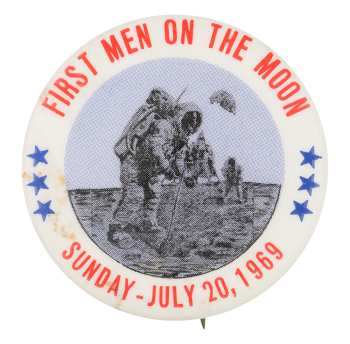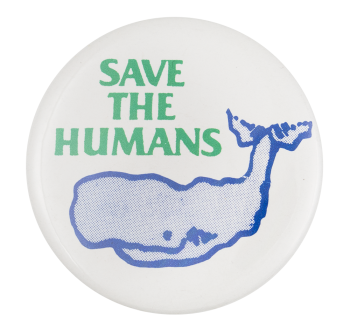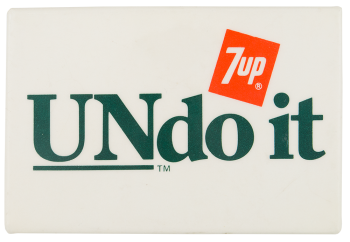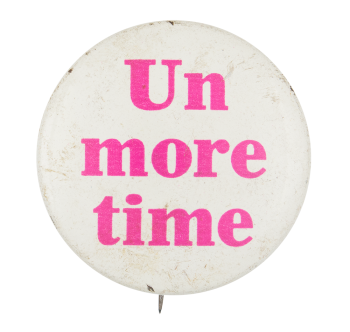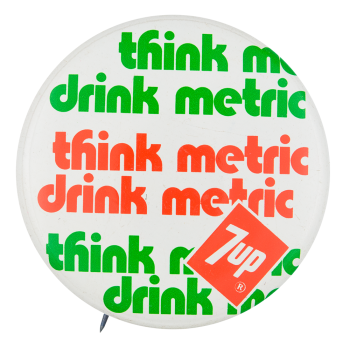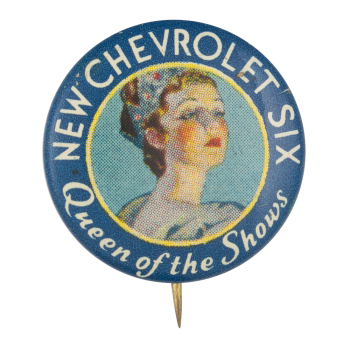First Men on the Moon July 20, 1969
| Category | |
|---|---|
| Additional Images | |
| Sub Categories | |
| Text on Button | FIRST MEN ON THE MOON SUNDAY JULY 20, 1969 |
| Image Description | Red text and blue stars on the side with an illustration of an astronaut walking on the moons surface. |
| Curl Text | union bug |
| Back Style | |
| The Shape | |
| The Size | |
| Year / Decade Made | |
| Additional Information | On July 20, 1969, astronauts Neil Armstrong, Bull Aldrin, and Michael Collins made history as the crew of the legendary Apollo 11 spaceflight. The missions purpose was to successfully land a person on the moon before the Soviets could and bring them home to Earth without issue. While Michael Collins piloted the command module, Columbia, alone in the moon's orbit, both Neil Armstrong and Buzz Aldrin have the distinction of being the first and second human beings respectively to ever walk the moon's surface. Broadcast on live television, the Apollo 11 mission remains one of the most defining moments of the twentieth century. Effectively ending the Space Race, Apollo 11 stands as a moment of inspiration. While the concept of space travel had up to that point been considered nothing more than science fiction, Apollo 11 showed that humanities future was not limited to just Earth. |
| Catalog ID | EV0436 |

